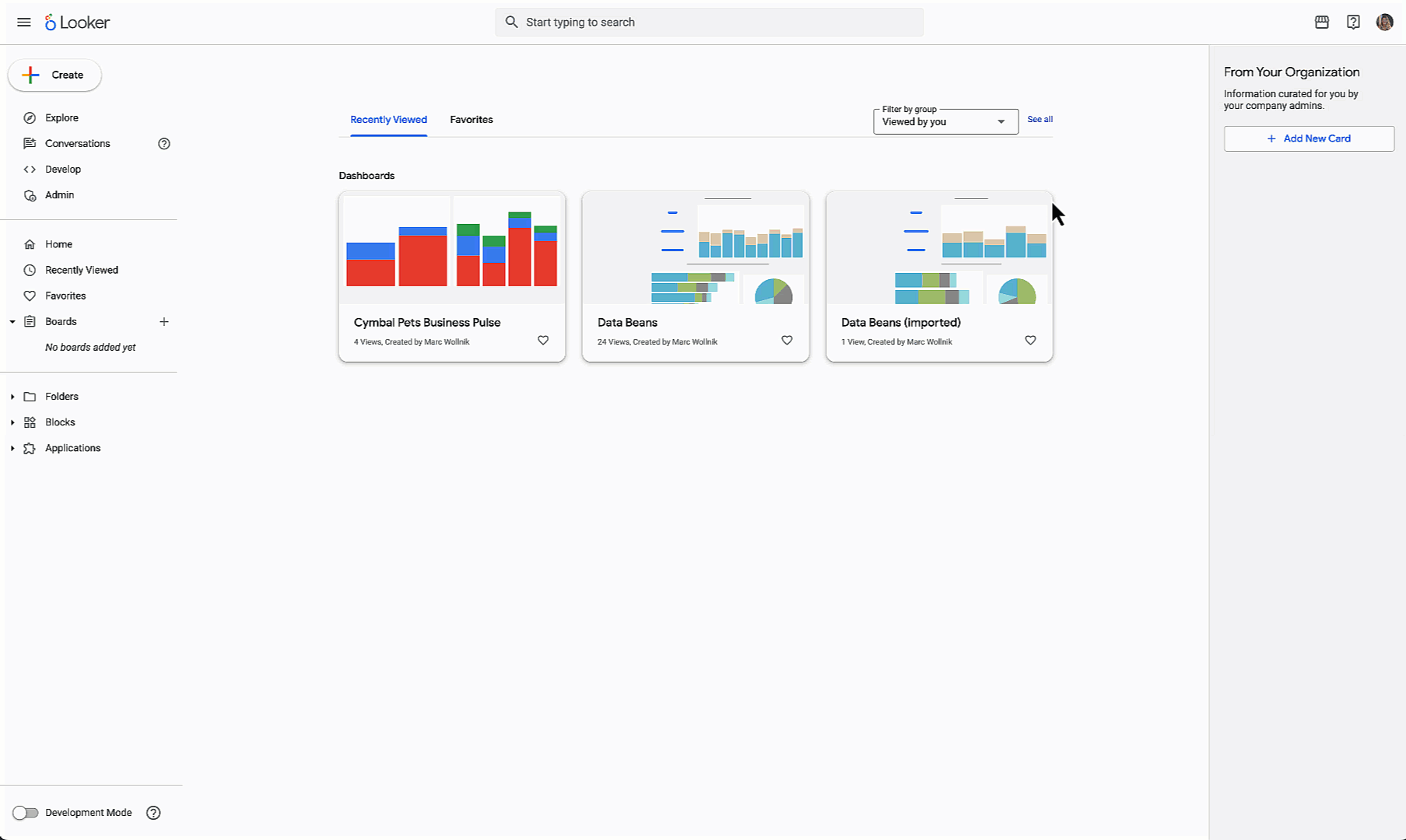GCP – Firestore integration with Eventarc reaches GA with Auth Context
Creating event-driven architectures using Eventarc together with Firestore is an increasingly popular pattern. Recently, the Firestore integration with Eventarc became generally available, adding new functionality. You can now register multiple Cloud Functions in different regions against a multi-regional Firestore database for increased reliability, and there are new event types, including the Auth Context extension for CloudEvents.
Determining who or what — the user, a service account, the system, or a third-party — is making a modification to a Firestore document as a change event has long been a top-requested feature. With the new Firestore event types with Auth Context extension, events now embed metadata about the principal that triggered a document change in the open and portable CloudEvents format.
Example walkthrough
Let’s say that you want to have different logic to process events in the destinations for different auth contexts (i.e. unauthenticated or system). To set up your trigger, navigate to the Eventarc section of the Google Cloud console. You’ll need to create a new trigger for Firestore using the associated event types that include authentication information. These event types end with the suffix *.withAuthContext. We’ll want to capture newly written entities, so we’ll select google.cloud.firestore.document.v1.written.withAuthContext events:
You can specify additional filters, which ensures only desirable events from a specified database and collection are delivered. In this case, we filter for events from the (default) database, and for documents of the collection Ops.
On the same screen, you’ll also need to specify a destination. Triggering events can be delivered to any number of supported Eventarc destinations, like Cloud Run, Cloud Functions (2nd gen), and Google Kubernetes Engine. Let’s say we have a Cloud Run service named demo that exposes an HTTP endpoint to receive the events. You can configure your trigger as follows:
That’s it! When any write operation is applied to your (default) database with the collection Ops, a CloudEvent with the Auth Context is delivered to the configured Cloud Run service demo almost immediately. You can inspect the authtype attribute as defined in Auth Context extension to identify unauthenticated and system types as shown in https://cloud.google.com/firestore/docs/extend-with-functions-2nd-gen#event_attributes .
Next steps
For more information on how to set up and configure Firestore triggers, check out our documentation.
Thanks to both Minh Nguyen, Senior Product Manager Lead for Firestore and Juan Lara, Senior Technical Writer for Firestore, for their contributions to this blog post.
Read More for the details.




